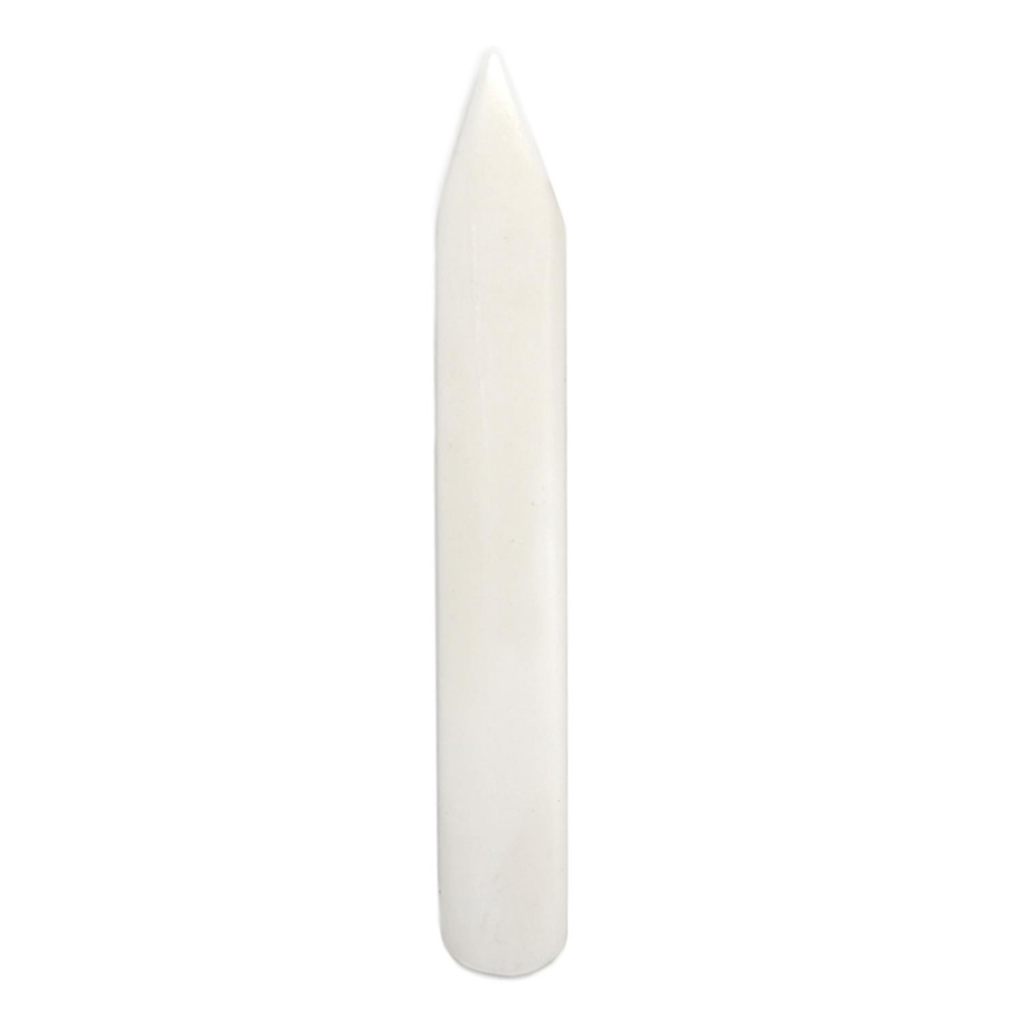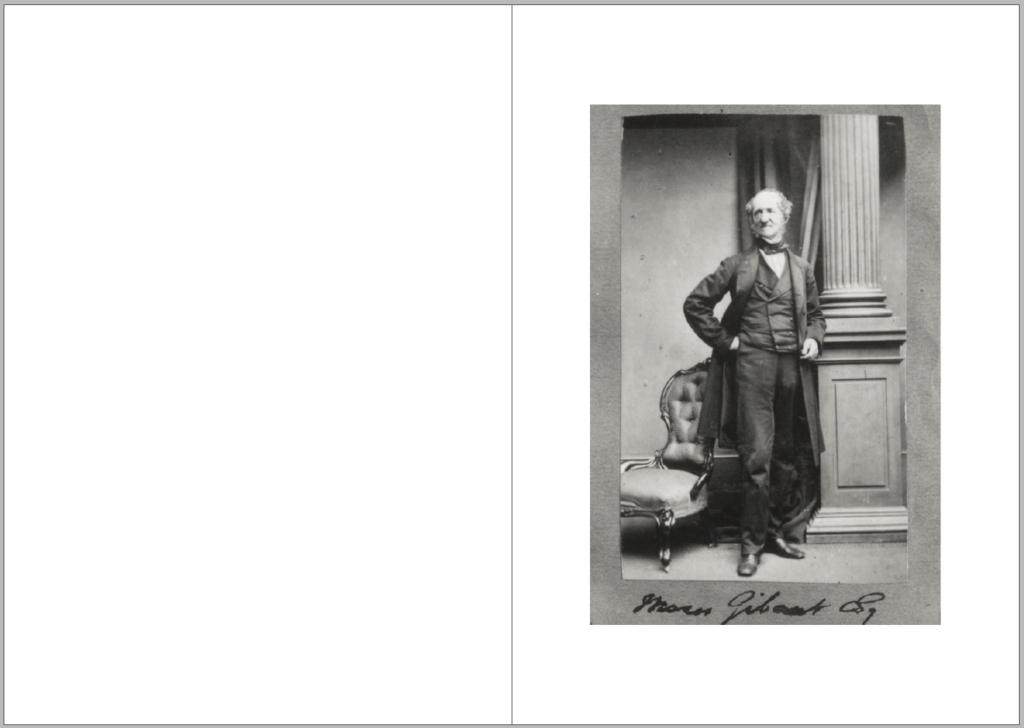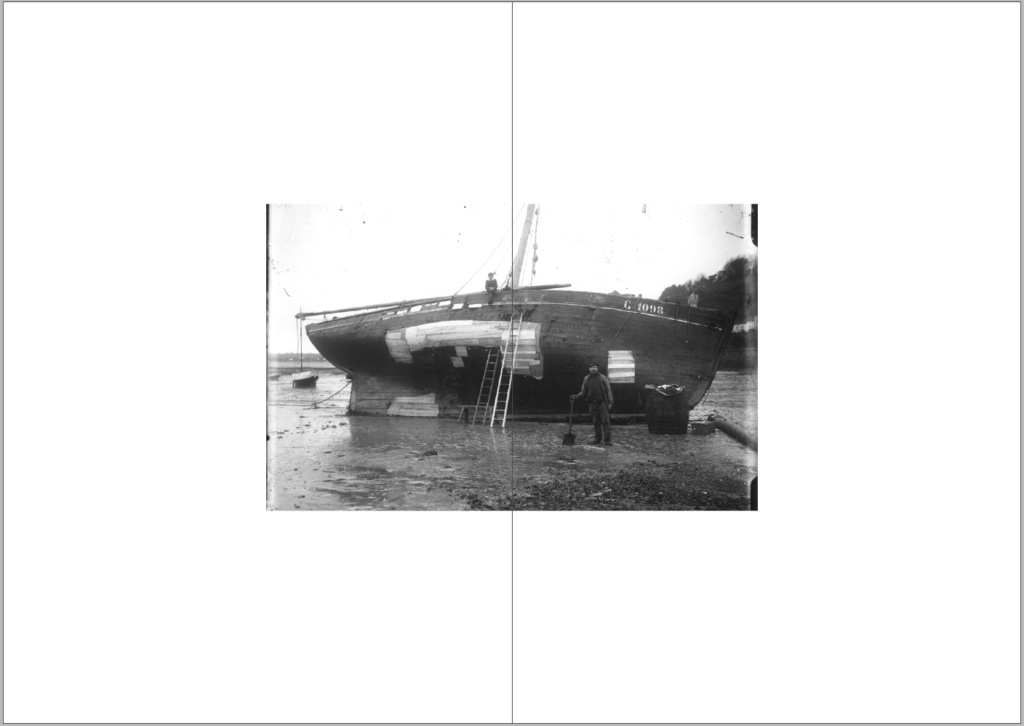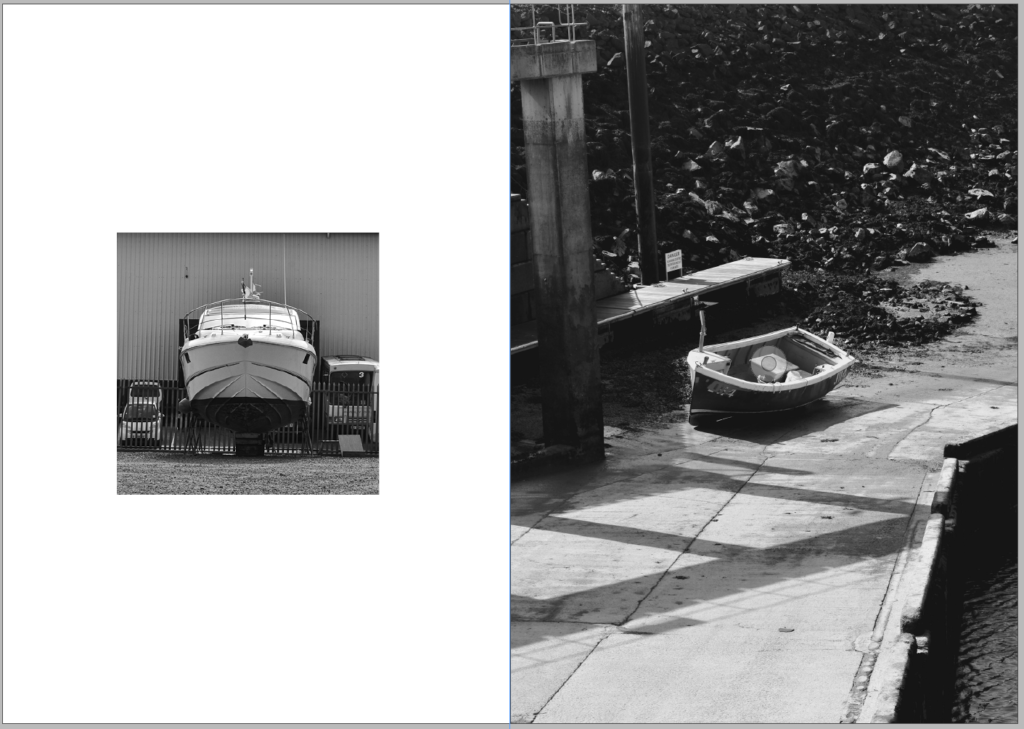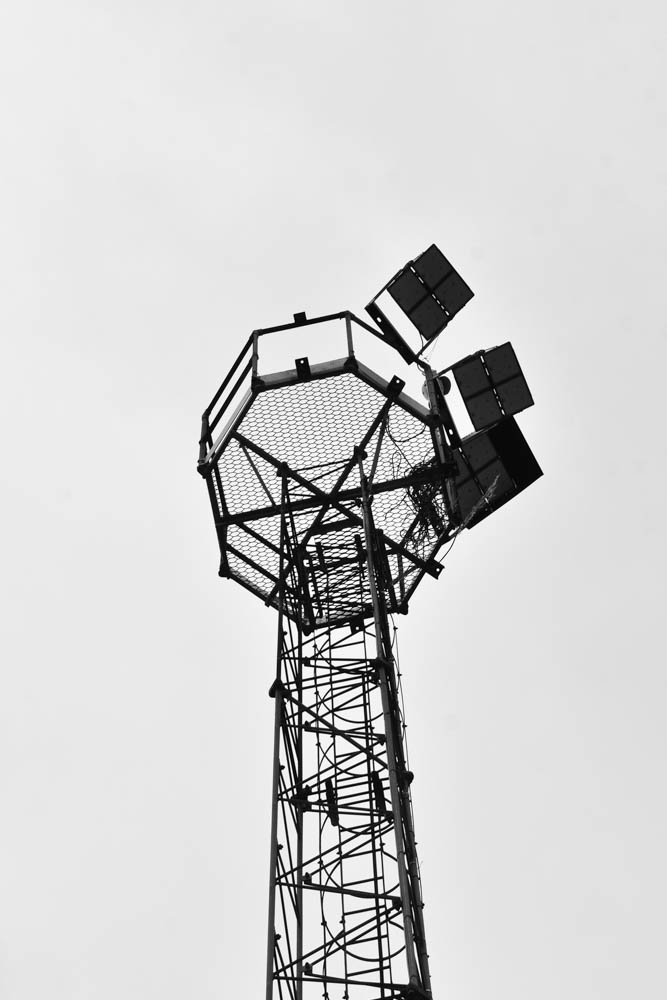
St Helier harbour is the main harbour in Jersey, its located on the south coast of the island and occupies a large amount of the coast in St Helier. It was constructed in the early 19th century. The harbour is split into different parts given the names of Old Harbour, Elizabeth Harbour and The Main Harbour.
origins of St. Helier Harbour can be traced back to the 16th century. With St. Helier being on the south-eastern coast of jersey, it gave it protection from storms meaning it was an ideal site for fishermen. St. Helier became increasingly important as a centre for trade and fishing.
The harbour facilitated the exchange of goods with France and England, and local fishermen relied on it for their catch. In the 18th century the harbour having improvements such as expanding it to fit larger vessels to aid with the trade and fishing. The Albert pier was established in 1853 and it became an essential addition to the harbour. It allowed larger vehicles to dock directly in St Helier harbour. This improved the functionality of the harbour and increased the capacity. The harbour played a critical role in troop and supply movements during both World Wars, particularly during the German occupation in WWII. The islands were occupied by the Germans during the Second World War, and most island-based ships went to England in June 1940. Initially a number of fishing and private boats, then later smaller craft, made the perilous journey with over 200 escaping islanders.

In the late 20th and early 21st centuries, the harbor underwent significant upgrades to accommodate modern shipping needs, enhance security, and improve facilities for passengers and cargo. Different parts of the harbour are places for personal boats and that has to dock creating excellent views of the many different boats and
The harbour increases jersey tourist numbers with its ferry services that travel to the other Channel Islands and the mainland. Many events can be held at the harbour including the boat show which is a popular attraction on the island





